- Joined
- Sep 1, 2019
- Messages
- 110
- Reaction score
- 91
Hello everyone!
So recently I added a fish (tang) to my DT. The fish was properly QT (copper, metro, prazi, the whole 9 yards).
The DT tank prior underwent a fallow period for over 100 days due to prior fish loss due to velvet. This was 2yrs ago
After which, two fish, a clown and wrasse were added, also went through full QT. These fish have displayed absolutey ZERO symptoms of any illness for nearly 1.5 years all CUC and wet items since fallow have also been fallow/sourced from fishless systems.
After the recent addition, the wrasse and clown are displaying flashing, and the wrasse has a small blotch near its tail that is lighter in coloration. The tang also has a small change in coloration behind the gill plate, however the tang shows zero symptoms otherwise, just coloration.
These fish have zero other symptoms. There is no haziness, no cloudy eyes or flesh, no gasping, no gulping for air at surface, no swimming into flow, no aversion to light, no "skin sloughing" appearance, no reddness, no lethargy, no decrease in appetite. Absolutey nothing has changed and for the most part, appear completely healthy with great appetites and activity, just sporadic, random flashing. Sometimes back to back, sometimes 8hrs apart. There is no consistency.
They, for all intents and purposes, seem to be perfectly healthy fish, outside of the sporadic flash.
Given this I'm keen to rule out ich, velvet, and brook. They display zero symptoms of any of these three outside of flashing, and I have observed and treated all 3 of these illnesses.
My prevailing theories are:
1. Stress of new addition
2. Potential irritant in water that coencidentally occurred at time of new addition.
3. Bacterial infection (explaining minor coloration changes)
4. Prazi resistant flukes.
Any opinions are greatly appreciated.
Thanks!
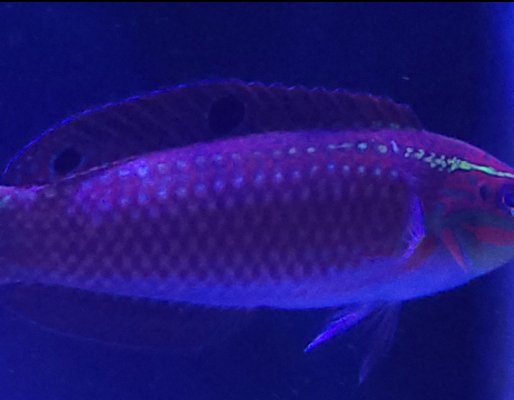
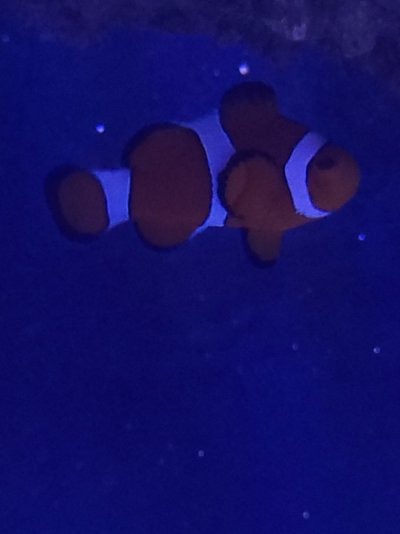
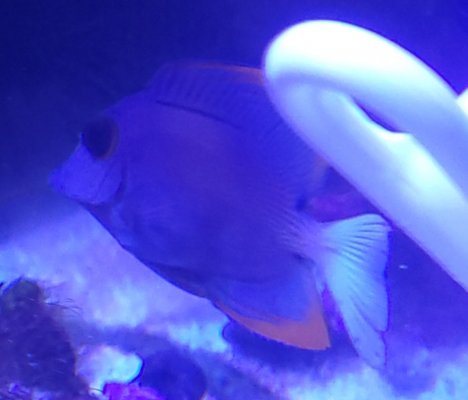
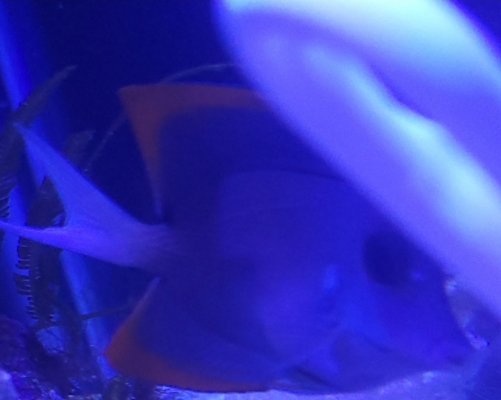
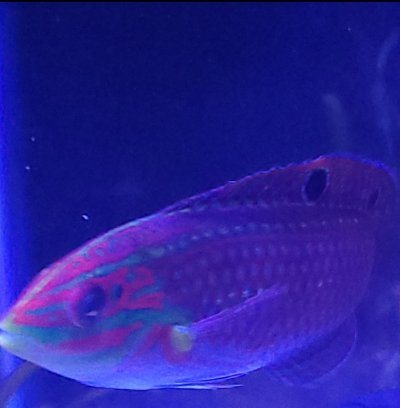
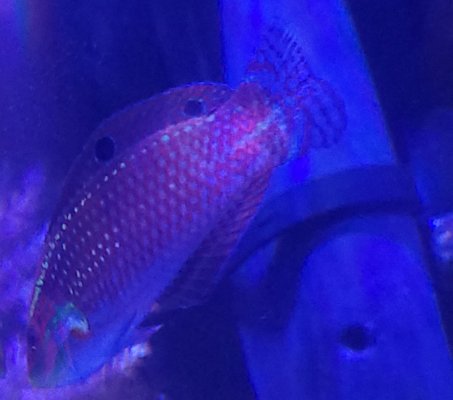
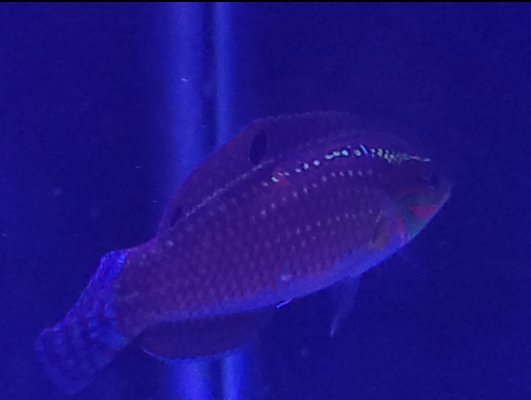
So recently I added a fish (tang) to my DT. The fish was properly QT (copper, metro, prazi, the whole 9 yards).
The DT tank prior underwent a fallow period for over 100 days due to prior fish loss due to velvet. This was 2yrs ago
After which, two fish, a clown and wrasse were added, also went through full QT. These fish have displayed absolutey ZERO symptoms of any illness for nearly 1.5 years all CUC and wet items since fallow have also been fallow/sourced from fishless systems.
After the recent addition, the wrasse and clown are displaying flashing, and the wrasse has a small blotch near its tail that is lighter in coloration. The tang also has a small change in coloration behind the gill plate, however the tang shows zero symptoms otherwise, just coloration.
These fish have zero other symptoms. There is no haziness, no cloudy eyes or flesh, no gasping, no gulping for air at surface, no swimming into flow, no aversion to light, no "skin sloughing" appearance, no reddness, no lethargy, no decrease in appetite. Absolutey nothing has changed and for the most part, appear completely healthy with great appetites and activity, just sporadic, random flashing. Sometimes back to back, sometimes 8hrs apart. There is no consistency.
They, for all intents and purposes, seem to be perfectly healthy fish, outside of the sporadic flash.
Given this I'm keen to rule out ich, velvet, and brook. They display zero symptoms of any of these three outside of flashing, and I have observed and treated all 3 of these illnesses.
My prevailing theories are:
1. Stress of new addition
2. Potential irritant in water that coencidentally occurred at time of new addition.
3. Bacterial infection (explaining minor coloration changes)
4. Prazi resistant flukes.
Any opinions are greatly appreciated.
Thanks!







Last edited:




















